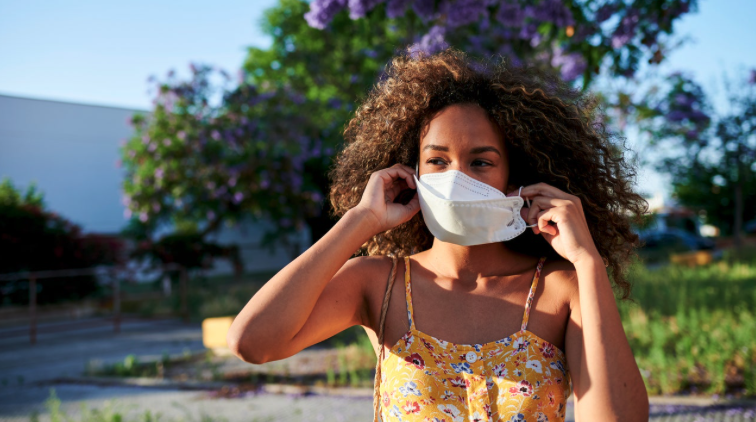The recent wildfires that exposed a significant portion of the US and Canadian population along the east coast to dangerous levels of smoke, was an alarming sign. Many had never been exposed to the effects of this event and many were not prepared and were unsure of the best way to navigate the situation. As wildfires like these continue to pose a significant threat to communities around the world, the health risks associated with wildfire smoke cannot be ignored, especially when it comes to the well-being of our children. Exposure to wildfire smoke can lead to respiratory problems and other health issues. Below, we discuss essential steps parents and caregivers should take if their child is exposed to wildfire smoke.
1. Monitor and Stay Informed:
Keeping a close eye on the air quality in your area is crucial. Stay updated on local air quality indexes (AQI) provided by reliable sources or government agencies. Numerous websites and smartphone apps provide real-time air quality information. Pay attention to alerts or warnings issued by authorities. Most smart phones, like the iPhone, have the ability to show you what the current air quality is in your area. In addition, you can also consider purchasing a standalone indoor air quality monitor.
2. Limit Outdoor Activities:
When the air quality is poor, it’s important to minimize your child’s exposure to the smoke. Keep them indoors as much as possible, particularly during peak smoke times. Avoid activities that require prolonged outdoor exposure, such as playing in parks or participating in sports events. Opt for indoor alternatives like board games, arts and crafts, or reading.
3. Create a Clean Indoor Environment:
Ensure that the air your child breathes indoors is as clean as possible. Close all windows and doors to prevent smoke from entering the house. Use weatherstripping or caulk to seal any gaps. It’s recommended to use high-efficiency particulate air (HEPA) filters in air purifiers or central HVAC systems to improve indoor air quality. Clean and vacuum frequently to remove settled smoke particles.
4. Maintain Indoor Humidity:
Wildfire smoke can make the air dry, which can irritate the respiratory system. Consider using a humidifier to add moisture to the indoor air. Optimal humidity levels help soothe the airways and alleviate discomfort caused by smoke exposure.
5. Provide Respiratory Protection:
If you must go outdoors or if the indoor air quality is still compromised, ensure your child wears a properly fitted N95 or N99 respirator mask. If these masks do not fit properly, consider getting a KN95 masks – these are similar to N95s in terms of filtration and are better suited to fit small faces. It’s essential to choose a mask that is specifically designed for children and fits snugly over their nose and mouth, and are certified by a reputable authority. Consult with healthcare professionals or local authorities for specific recommendations on mask usage for children.
6. Stay Hydrated:
Encourage your child to drink plenty of water to stay hydrated. Adequate hydration helps keep the airways moist, reducing the chances of respiratory irritation. Offer water frequently and limit sugary or caffeinated drinks.
7. Seek Medical Advice if Needed:
If your child experiences persistent symptoms such as difficulty breathing, chest pain, severe coughing, or wheezing, it’s important to seek medical advice promptly. Healthcare professionals can assess your child’s condition and provide appropriate guidance or treatment if necessary.
When wildfire smoke poses a threat to your community, like it has recently to many along the U.S. east coast, taking proactive measures to protect your child’s health is of utmost importance. By monitoring air quality, limiting exposure, creating a clean indoor environment, providing respiratory protection, staying hydrated, and seeking medical advice if needed, you can minimize the impact of wildfire smoke on your child’s well-being. Remember to stay informed and follow guidance from local authorities or healthcare professionals to ensure the safety and health of your child during such challenging times.

